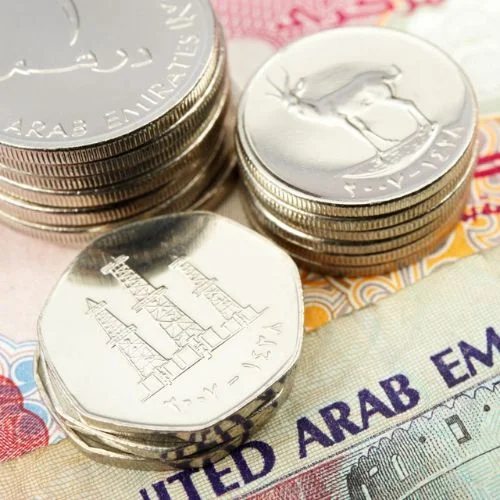Jewellery consumption, in terms of value, is expected to grow by 10-12 percent in this financial year, mainly on account of an increase in gold prices, a report said on Friday.
Rating agency Icra has revised its forecast upward for the year-on-year (YoY) domestic jewelry consumption growth (in value terms) in FY24 to 10-12 percent from the earlier estimates of 8-10 percent, primarily driven by the rise in gold prices.
Jewelry consumption is expected to have increased by more than 15% year on year in the first half of FY24, owing to consistent demand during ‘Akshaya Tritiya,’ a holiday considered auspicious for purchasing precious metals, and rising gold prices.
However, Icra expects GDP to slow to 6-8 percent in the second half of this fiscal year owing to continued sluggish rural demand and persistent inflation.
After being turbulent between December 2022 and April 2023, gold prices remained generally constant in the first half of FY24, while up 14% compared to the year-ago period, according to the research. According to the report, rising prices helped most jewelry merchants increase their income despite slowing volume growth.
The persisting Middle East tensions, as well as the developing global macroeconomic situation, may keep gold prices up in the short run.
It added that the rise in gold prices since early October 2023, as well as continued inflationary pressures, remain important concerns to demand.
“Jewellers in the organized market are expected to record a healthy revenue growth of 15-18% YoY in FY24, owing to planned retail expansions and a gradual shift in consumer preferences toward branded jewelers. Over the medium term, organized jewelry retailers are expected to outperform the industry, supported by tailwinds from the industry’s accelerated formalization,” said Icra Vice President and Sector Head Sujoy Saha.
Icra expects organized players’ operating margins to be moderate in FY24 due to front-loaded operational expenses for planned store openings and higher advertising investment in the face of intensifying competition.
Nonetheless, the advantages of economies of scale are expected to underpin operating margins, which are expected to be in the 7.5-8% range in the short to medium term.
Despite the planned rise in debt levels to pay for goods for new outlets, the players’ debt protection measures are expected to remain comfortable.
“After a brief hiatus in FY21 and FY22, the organized jewelers resumed their retail expansion in FY23, with the store count estimated to have increased by more than 20% during the year. The trend is expected to continue in the short to medium term, with a projected 18-20% YoY rise in store count in FY24, boosting revenue growth,” Saha noted.















